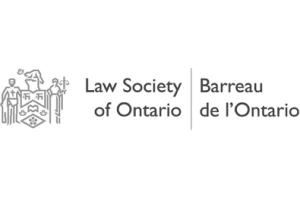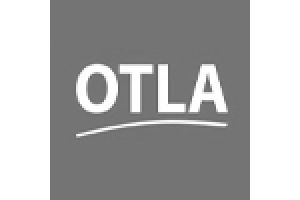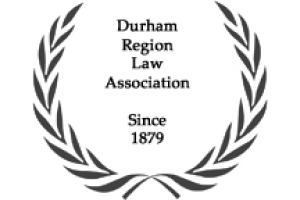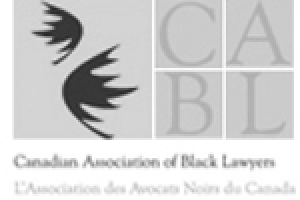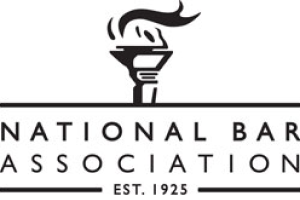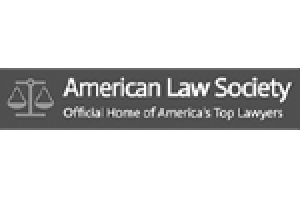Owens-Illinois

Two glass container companies merged in 1929 to form the Owens-Illinois company. Prior to the merger the Owens Bottle Company and the Illinois Glass Company had been rivals and joining forces enabled them to mass-produce glass bottles and jars for large scale commercial use.
Owens-Illinois’ first claim to fame was the invention of fiberglass. The company had been experimenting with glass filaments in their laboratory in the early 1930s when they leaned that with the correct formulation of glass fibers they were able to make achieve a high insulation value. Above 1300 ° Fahrenheit however glass becomes soft, particularly with the thin strand formulation of fiberglass insulation. Fiberglass was therefore not suitable for high temperature settings where pipes could reach 1500° Fahrenheit.
Always searching for new products, Owens-Illinois chemists came up with an insulation formula using asbestos that they named Kaylo. Kaylo is a white chalky fibrous insulation that is very friable. Kaylo insulation came in many forms including insulating block and pipe insulation. Kaylo was installed in many homes built during the post-World War II housing boom. Kaylo products contained 15% asbestos.
Owens-Corning received the right to distribute Kaylo products from Owens-Illinois in 1952. Owens-Illinois manufactured the insulation and Owens-Corning handled distribution. The product line was sold outright to OC in 1958. Owens-Corning Canada registered their right to exclusively use the name Kaylo, Kaylo 10 and Kaylo 20 in July of 1958. Much of the liability for Kaylo was thereby transferred to Owens-Corning. Despite selling the product line, Owens-Illinois has been named as a defendant in countless asbestos caused personal injury claims and has settled an estimated 210,000 claims since 1981.
More recently, some very large judgements have been made against Owens-Illinois based on the fact that during the development of Kaylo in 1943, the director of research at Owens-Illinois was in contact with a pathologist at the Saranac Laboratory to request that they study Kaylo dust and the effect it would have on plant workers and insulators. The initial reaction of Dr. Gardner, the pathologist at Saranac who responded to the request for the study, was that by starting with a mixture of quartz and asbestos Owens-Illinois were on the road to creating a “first class hazard” however he agreed to carry out the study using Kaylo dust and guinea pigs.
During the course of the clinical study, Dr. Gardner passed away. His work was continued by another pathologist, Dr. Vorwald who prepared a preliminary report that indicated that they were not finding adverse effects of asbestos dust in the guinea pigs after 30 months.
In a further report dated November 16, 1948 Dr. Vorwald reversed his findings indicating that animals exposed to Kaylo dust for more than 36 months showed unmistakable evidence of asbestosis and Kaylo should be considered a potentially-hazardous material.
By the time of the writing of Dr. Vorwald’s final report, dated January 30, 1952, Saranac Laboratory had been studying animals inhaling Kaylo dust for over five years. They exposed the animals to dust the equivalent number of hours per week that a human who worked with Kaylo insulation would be breathing in the dust. Dr. Vorwald concluded that Kaylo dust was a respiratory hazard.
The executives at Owens-Illinois, through a series of assumptions that came to light during the 1981 testimony of a retired air quality hygienist (aptly named W. Hazard) determined internally that Dr. Vorwald’s report could be discounted as flawed. While they supplied their employes with respirators O-I management determined that Kaylo products were not dangerous and therefore no warning labels were required.
This failure to warn when they were aware of the danger continues to leave Owens-Illinois at risk of being found liable for damages caused to individuals who worked with Kaylo insulation products.
Owens-Illinois declared Chapter 11 bankruptcy under the weight of asbestos litigation in 2020. Claims for exposure to Kaylo asbestos products prior to December 31, 1958, can be submitted to the Owens-Illinois Asbestos Personal Injury trust starting October 3, 2022.
If you were harmed by Kaylo insulation products, please contact us to learn about compensation options. The Owens-Corning trust and the ASARCO trust also accept claims relating to Kaylo products.


